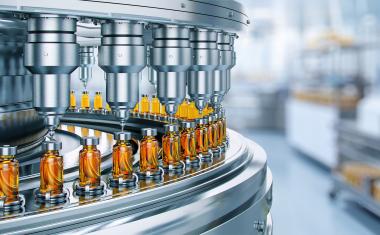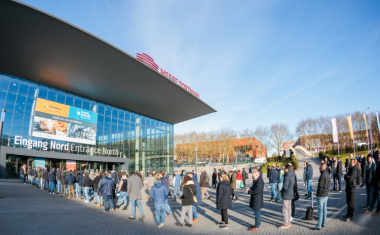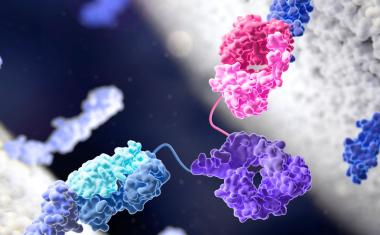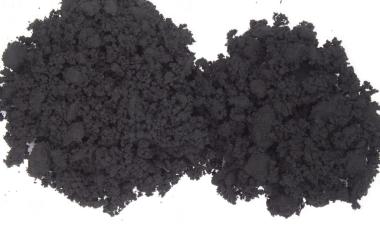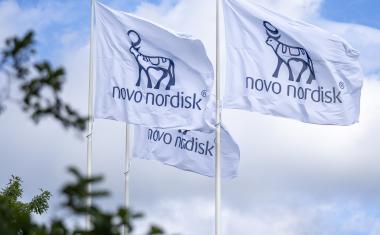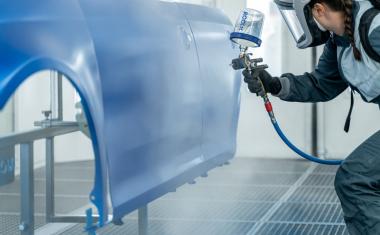Dow Chemical, Ube Form Electrolyte Joint Venture
Dow Chemical has formed a joint venture with Japan's Ube Industries Ltd to produce electrolytes for lithium ion batteries, the companies said on Wednesday.
The joint venture, Advanced Electrolyte Technologies LLC, will build a plant near Dow's Midland, Michigan, manufacturing complex in 2012 to produce electrolytes, which act as an electrical conduit between a battery's cathode and anode.
Electrolytes produced at the plant will be superior to others on the market and will help improve battery efficiency, David Klanecky, a senior business director at Dow's energy materials division, told Reuters.
Each company will have a 50% stake in the venture. Dow declined to provide specifics of its initial investment.
Midland-based Dow expects the market for lithium ion battery materials to reach $8 billion by 2020, up from $400 million today.
There are no estimates on the number of jobs the venture will create, and revenue estimates are not being disclosed, a Dow spokesman said.
Dow said the new plant would be able to produce 5,000 to 10,000 tons of electrolytes per year.
The joint venture is considering building plants in China and Europe within five years, Dow said.
The recent Japanese earthquake and tsunami are not likely to affect the joint venture, the Dow spokesman said.



